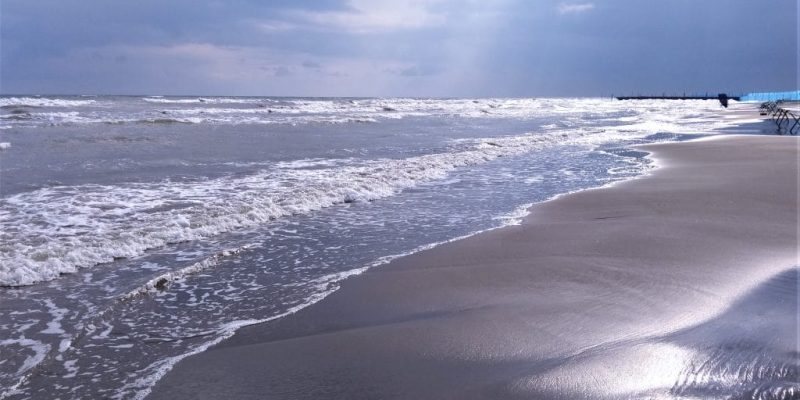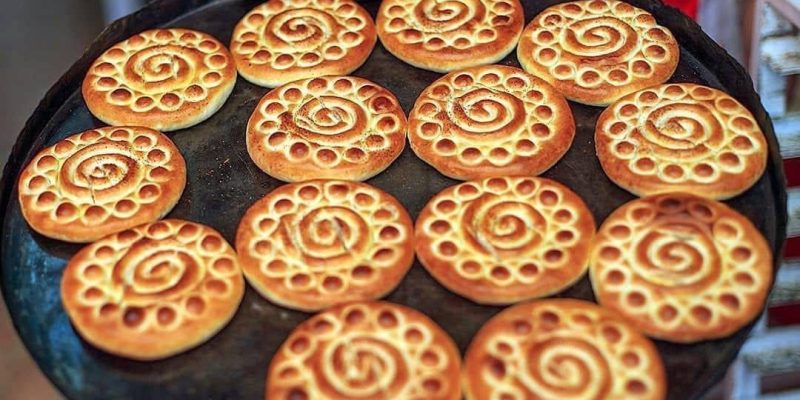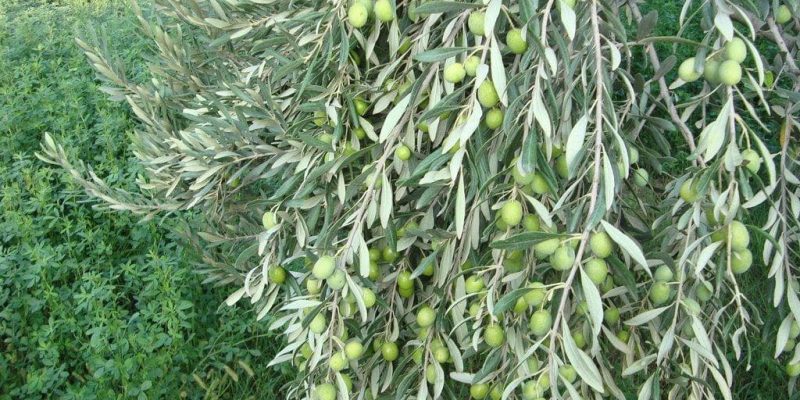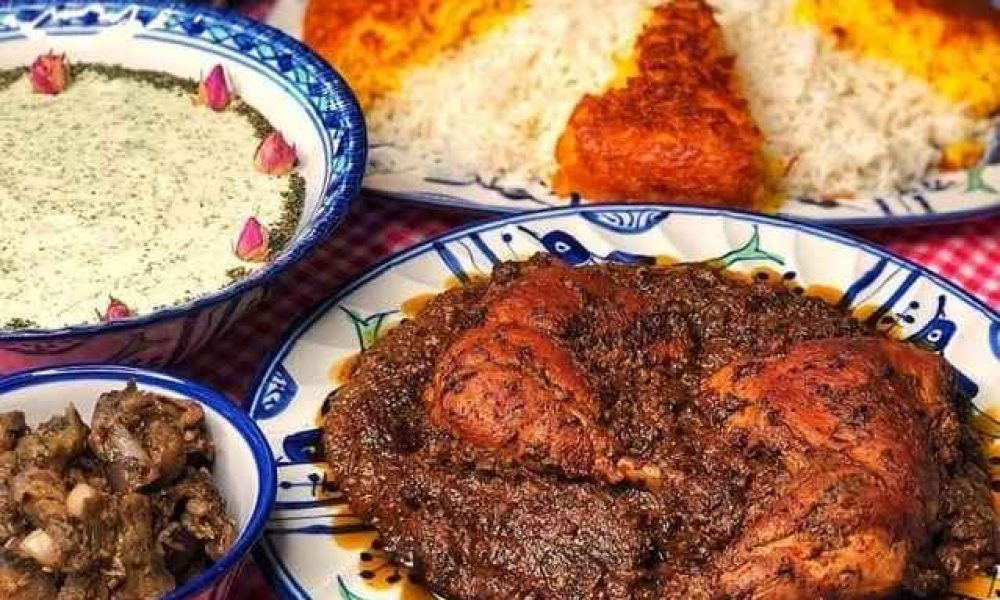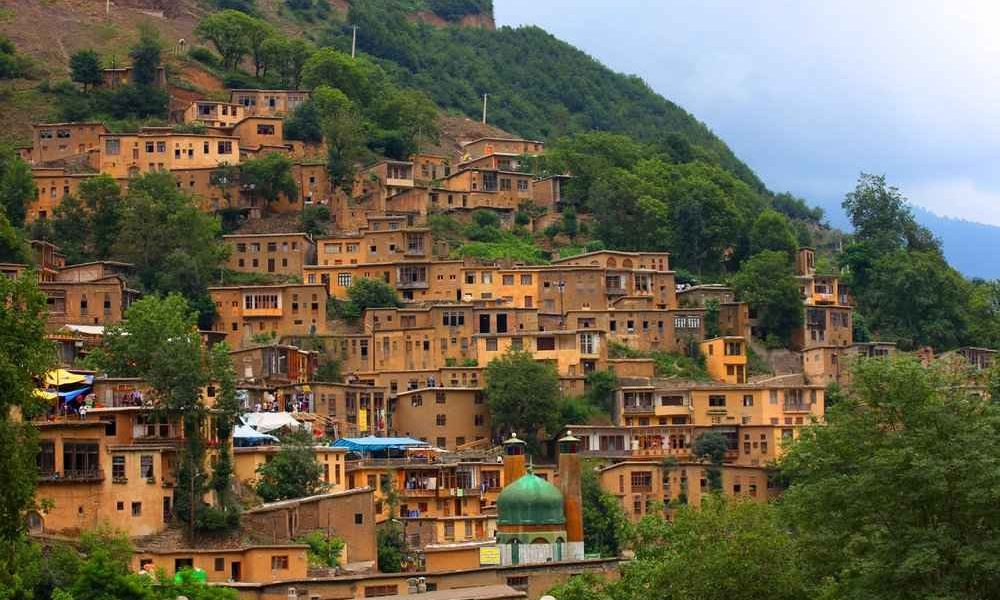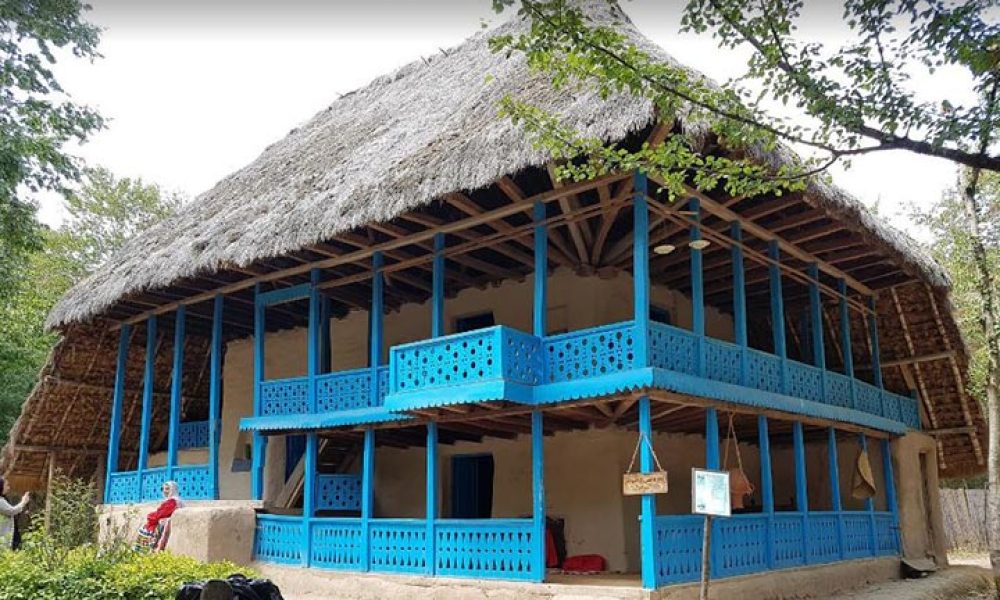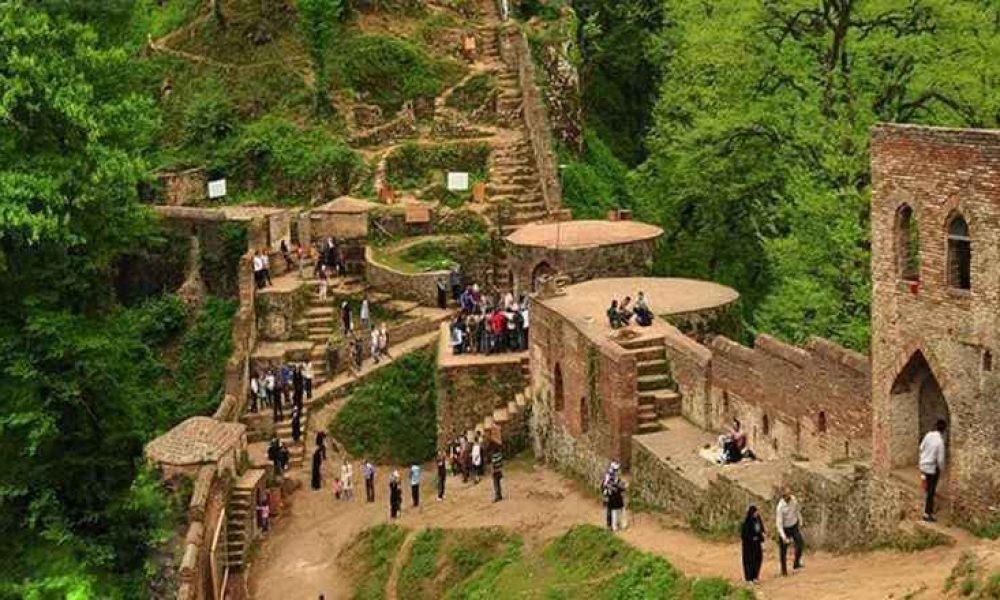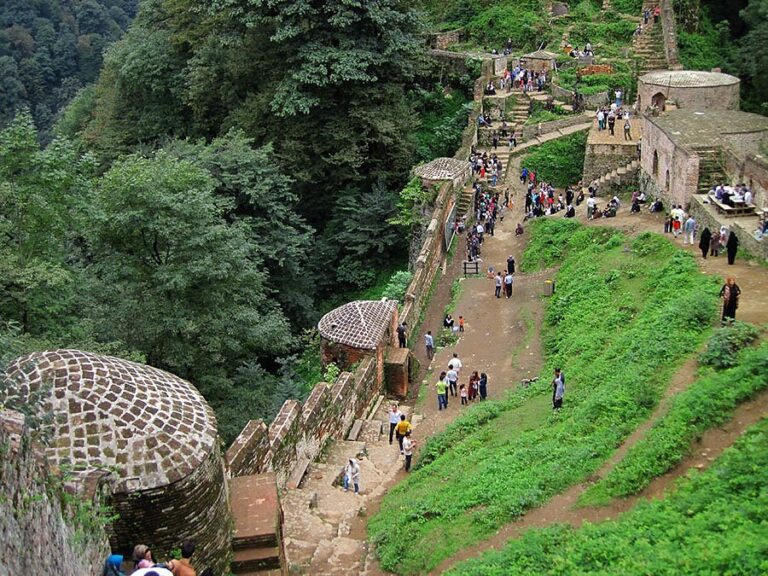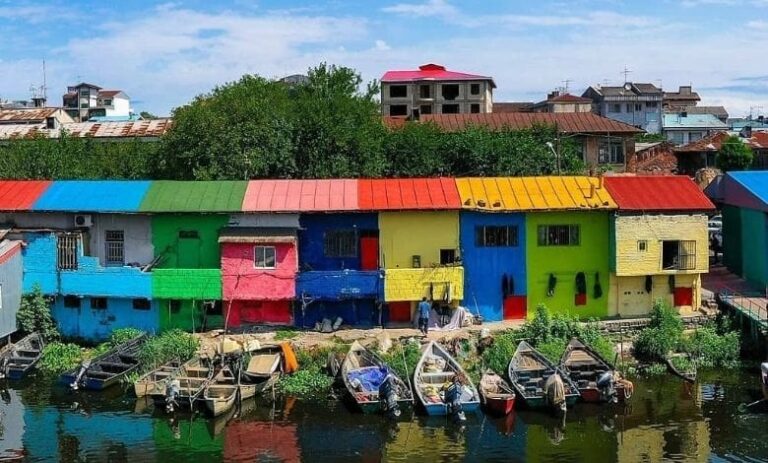By Plain:
There is no international airline flight available close to the city of Gilan. Travellers need to take a flight into one of the International Airports, then take a drive to Gilan.
The best option is:
Tehran International Airport (IKA), 370 km To Yazd.
Gilan is a province with a humid and warm climate in spring and summer. Gilan is in the south borderline of Caspian Sea embracing a very healthful and moderate weather. Climate of Gilan is full of oxygen in autumn and at the end of winter. Take care that Gilan is a rainy province with a very huge pour of snow and rain in winter. The most suitable time to visit Gilan is at the end of Sept to the beginning of Dec. It is good to mention that the end of Feb to the middle of April seems suitable too.
Devote your itinerary to the rural area of Gilan by exploring the villages such as Masouleh or Siah Bisheh. Lets find better ideas about the culinary art and gastronomy heritage of Gilan. Touch Gilaki folklore arts and clothing with their identifying music and lifestyles. Plan your trip from the west part of Gilan to explore Hyrcanian forest. Travel to east to reach peculiar villages with distinctive rice and tea wetland farms. Learn better about Gilaki culture and local shelters to the east, where you find unbelievable mountainous jungles and beach resorts.




